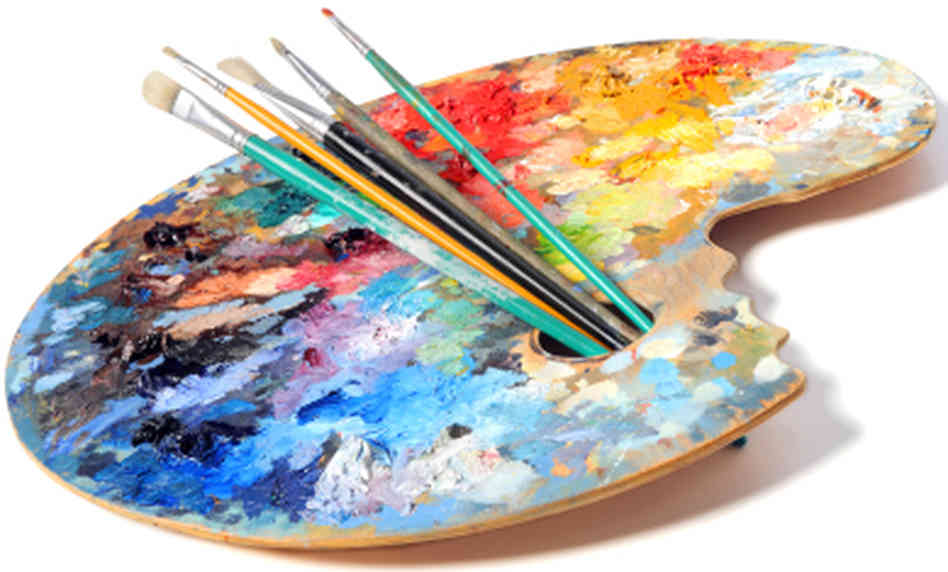Exploring the Diverse World of Artistic Expression: From Surrealism to Abstract Realism
In the world of imaginative expression, from the dreamlike landscapes of surrealism to the intricate play of light and type in abstract realism, artists have continuously pressed the limits of creativity and imagination. As we check out the diverse world of art, we are provided with a tapestry of styles, strategies, and viewpoints that challenge our understanding and provoke contemplation.
Surrealism: Letting Loose the Subconscious
Surrealism, a progressive artistic movement of the 20th century, delved into the depths of the subconscious, unveiling a world of dream-like imagery and unique juxtapositions. Led by artists like Salvador Dali, René Magritte, and Joan Miró, Surrealism looked for to challenge the standard methods of seeing and understanding art. Via methods such as automatism and desire evaluation, Surrealist musicians intended to use the subconscious mind to disclose hidden facts and wishes.
One of the crucial elements of Surrealism was the focus on the illogical and the uncanny. By integrating unexpected aspects in their jobs, Surrealist musicians intended to create a sense of disorientation and surprise in the customer. This interruption of reasoning and factor was suggested to prompt a deeper exploration of the subconscious and the enigmas of the human subconscious.
Abstract Realism: Redefining Assumption
Testing standard imaginative boundaries, Abstract Realistic look redefines perception with the blend of identifiable aspects with abstract kinds. This innovative approach to art incorporates the representational precision of realistic look with the innovative liberty of abstraction, providing audiences a special aesthetic experience that prompts them to examine their perception of fact.
In Abstract Realism, artists strive to capture the essence of their subjects while also instilling their job with a feeling of depth and complexity through abstract components. By mixing the accustomed to the strange, these artists invite audiences to involve with their pieces on several degrees, motivating them to discover the subtleties of color, texture, and type.

Cubism: Fragmenting Fact
Using fragmented point of views and geometric types, Cubism transformed the artistic depiction of reality in the early 20th century. Developed by Pablo Picasso and Georges Braque, Cubism sought to test conventional concepts of point of view and depiction. By damaging down items and numbers right into geometric shapes and presenting them from several point of views all at once, Cubist artists intended to capture the essence of the subject instead of its actual appearance. This approach not only deconstructed fact but also emphasized the flatness of the canvas, leading the means for future abstract art motions.

Cubism can be categorized right into 2 major phases: Analytical Cubism, characterized by monochromatic color pattern and elaborate, fragmented forms; and Artificial Cubism, which integrated collection elements and brighter shades into the structures. With these unique phases, Cubism influenced not only paint but likewise architecture, layout, and sculpture. trump art. Its influence resounded across the art world, inspiring artists to check out new methods look at more info of interpreting and standing for the globe around them
Expressionism: Emotions on Canvas
Discovering the depths of human feelings through vibrant and meaningful brushstrokes, Expressionism emerged as a profound artistic activity in the early 20th century. Unlike previous art movements that focused on depicting the outside globe, Expressionism delved right into the interior realm of the artist's subconscious, intending to evoke raw feelings and prompt natural actions from audiences.
Expressionist musicians, such as Edvard Munch, Egon Schiele, and Emil Nolde, turned down conventional notions of elegance and realism for distorting type and shade to share subjective sensations. The use of overstated brushwork, strong colors, and altered figures aided develop a feeling of unease, alienation, or interest in their works.
Among the most popular examples of Expressionism is Munch's "The Scream," which captures the extreme anxiousness and anguish of modern life with its swirling, distorted number versus a blood-red skies. Via their emotionally billed jobs, Expressionist artists sought to challenge traditional creative standards and give a home window right into the unstable midsts of the human heart.
Contemporary Art: Evolving Perspectives

Among the specifying qualities of contemporary art is its continuous advancement and ability to adapt to altering cultural landscapes. Artists are increasingly integrating technology right into their practice, obscuring the lines between the helpful resources digital and physical realms. This blend of mediums enables cutting-edge methods of storytelling and engaging with target markets in a more interactive way.
Furthermore, modern art usually serves as a system for social discourse, dealing with pressing problems such as identification, national politics, and the atmosphere. Musicians are using their job to prompt and trigger essential conversations thought, losing light on the complexities of the globe we stay in. As point of views remain to evolve, contemporary art stays a influential and dynamic pressure in forming our cultural landscape.
Conclusion
To conclude, the world of imaginative expression includes a vast array of styles and movements, each with its very own unique strategy to communicating significance and feeling. From surrealism's exploration of the subconscious to abstract realism's redefining of understanding, and from cubism's fragmentation of fact to expressionism's representation of emotions, art proceeds to develop and challenge perspectives - trump art. Contemporary art reflects the ever-changing globe we stay in, supplying brand-new methods to analyze and understand the intricacies of our reality
As we discover the complex world of art, we are offered with a tapestry of styles, techniques, and viewpoints that challenge our understanding and provoke consideration. Its effect resounded throughout the art globe, motivating artists to discover brand-new ways of interpreting and standing for the globe around them.
